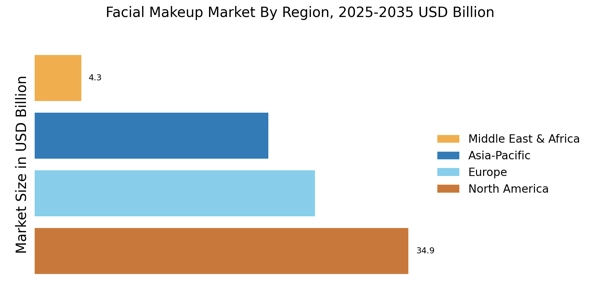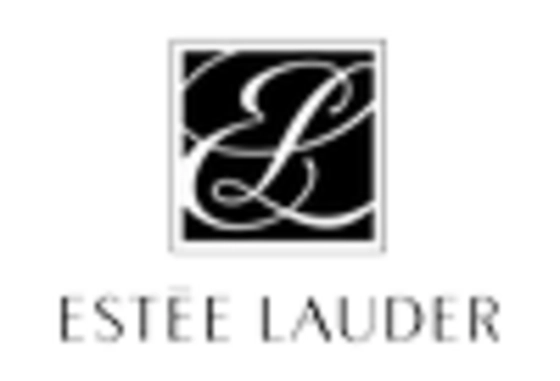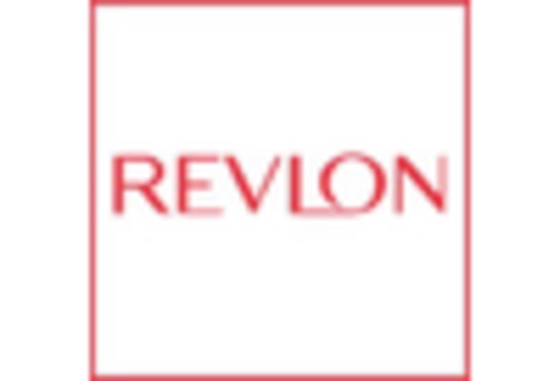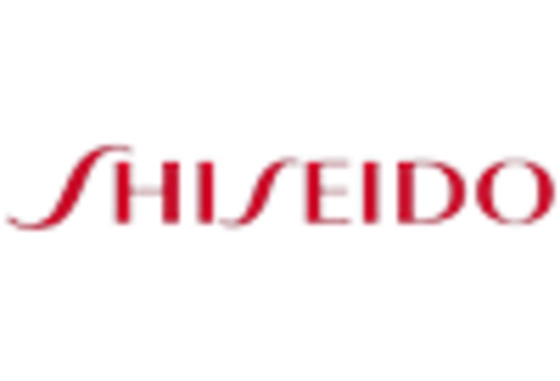The Facial Makeup Market is currently characterized by a dynamic competitive landscape, driven by innovation, sustainability, and digital transformation. Major players such as L'Oreal (France), Estée Lauder (US), and Shiseido (Japan) are actively shaping the market through strategic initiatives that emphasize product differentiation and consumer engagement. L'Oreal (France) has positioned itself as a leader in sustainability, focusing on eco-friendly formulations and packaging, which resonates with the growing consumer demand for environmentally responsible products. Meanwhile, Estée Lauder (US) continues to leverage its strong brand equity and extensive distribution networks to enhance its market presence, particularly in emerging markets. Shiseido (Japan) is also making strides in digital innovation, utilizing augmented reality to enhance the consumer shopping experience, thereby reinforcing its competitive edge in the market.
The business tactics employed by these companies reflect a concerted effort to optimize supply chains and localize manufacturing processes. The Facial Makeup Market appears moderately fragmented, with a mix of established brands and emerging players vying for market share. The collective influence of key players is significant, as they not only set industry standards but also drive trends that smaller companies often follow. This competitive structure fosters an environment where innovation and responsiveness to consumer preferences are paramount.
In August 2025, L'Oreal (France) announced a partnership with a leading tech firm to develop AI-driven beauty solutions that personalize makeup recommendations for consumers. This strategic move underscores L'Oreal's commitment to integrating technology into its product offerings, enhancing customer engagement and satisfaction. By leveraging AI, L'Oreal aims to create a more tailored shopping experience, which could potentially increase customer loyalty and drive sales.
In September 2025, Estée Lauder (US) launched a new line of vegan makeup products, reflecting a growing trend towards cruelty-free and sustainable beauty options. This initiative not only aligns with consumer preferences but also positions Estée Lauder as a forward-thinking brand in the competitive landscape. The introduction of vegan products may attract a broader customer base, particularly among environmentally conscious consumers, thereby enhancing the brand's market share.
In July 2025, Shiseido (Japan) expanded its digital marketing efforts by incorporating virtual try-on technology across its e-commerce platforms. This strategic action aims to enhance the online shopping experience, allowing consumers to visualize products before purchase. By investing in such technology, Shiseido is likely to improve conversion rates and customer satisfaction, which are critical in today's digital-first retail environment.
As of October 2025, the competitive trends in the Facial Makeup Market are increasingly defined by digitalization, sustainability, and the integration of advanced technologies such as AI. Strategic alliances among key players are shaping the landscape, fostering innovation and enhancing product offerings. The shift from price-based competition to a focus on technological advancement and supply chain reliability is evident, suggesting that future competitive differentiation will hinge on the ability to innovate and respond to evolving consumer demands.


















Leave a Comment